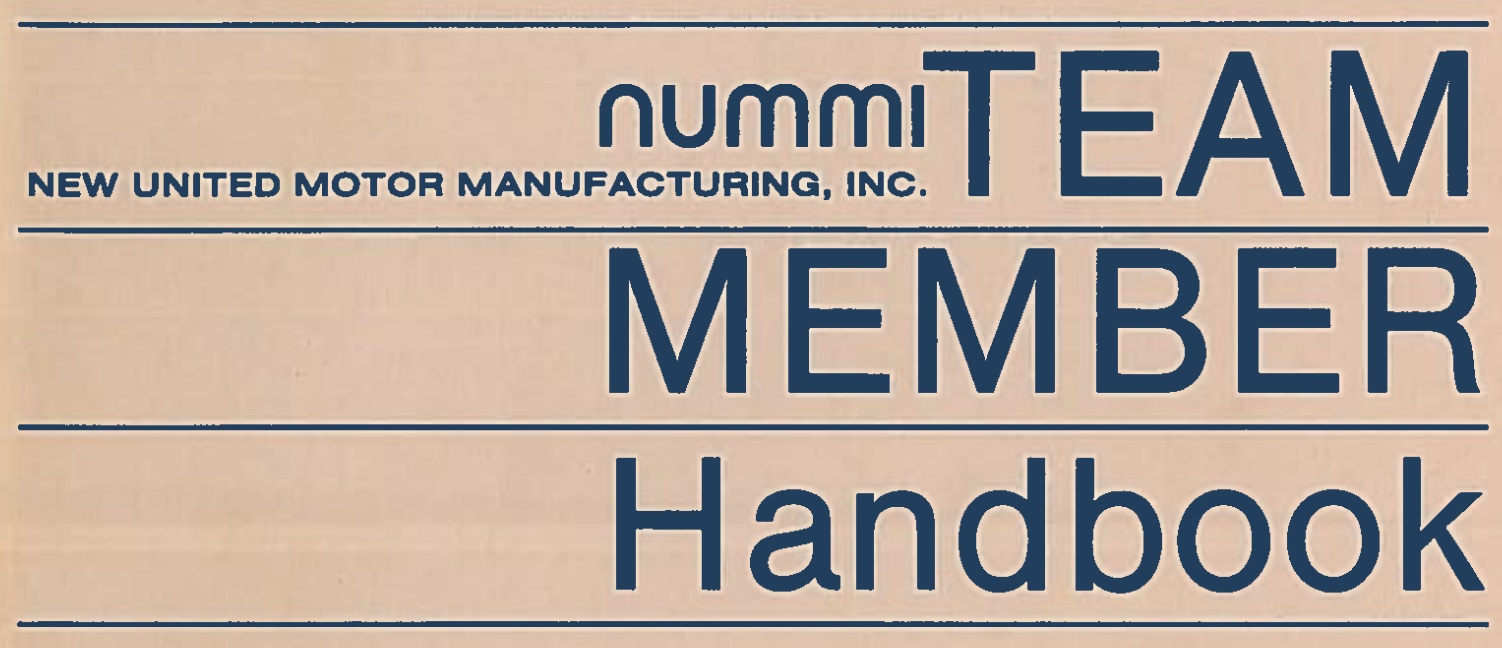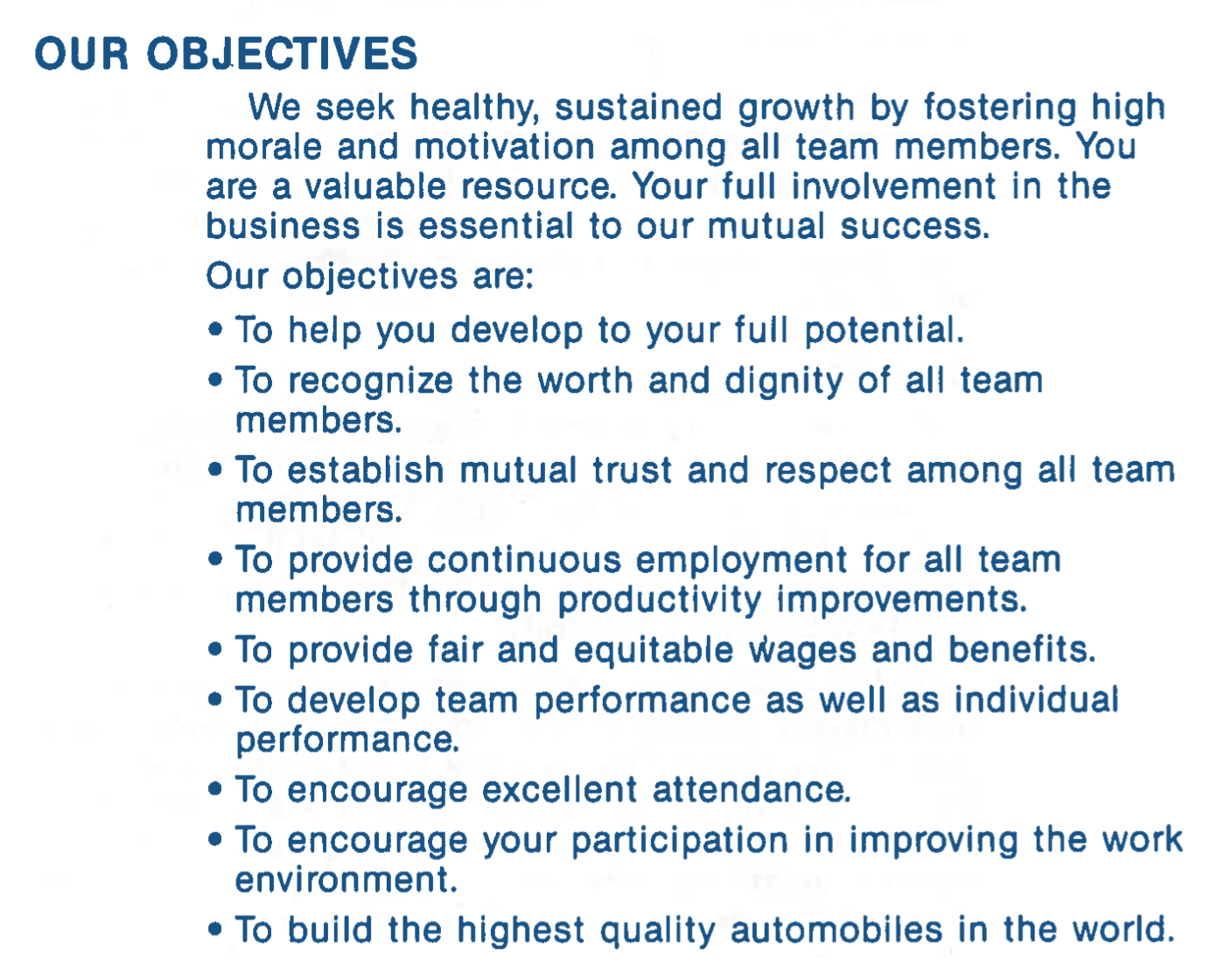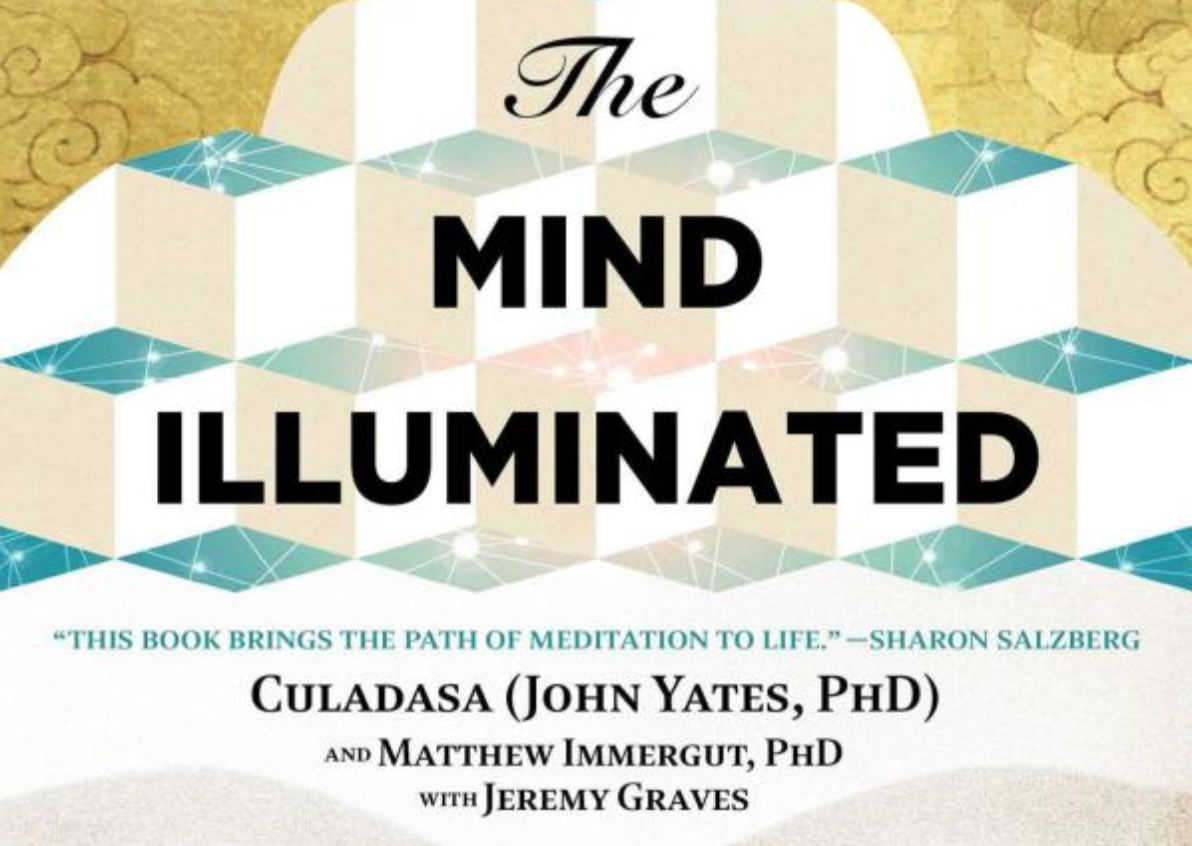Definition of Ready
Here’s a video I shot for freeCodeCamp about the Definition of Ready.
Have you ever started work on a user story that wasn’t ready to work on yet? Create a Definition of Ready to establish reasonable guidelines as to what conditions need to be met before you pull a user story into a sprint or begin work on it. Creating and following a Definition of Ready could double the speed of your team.
Click “Continue reading” below for a transcript.






